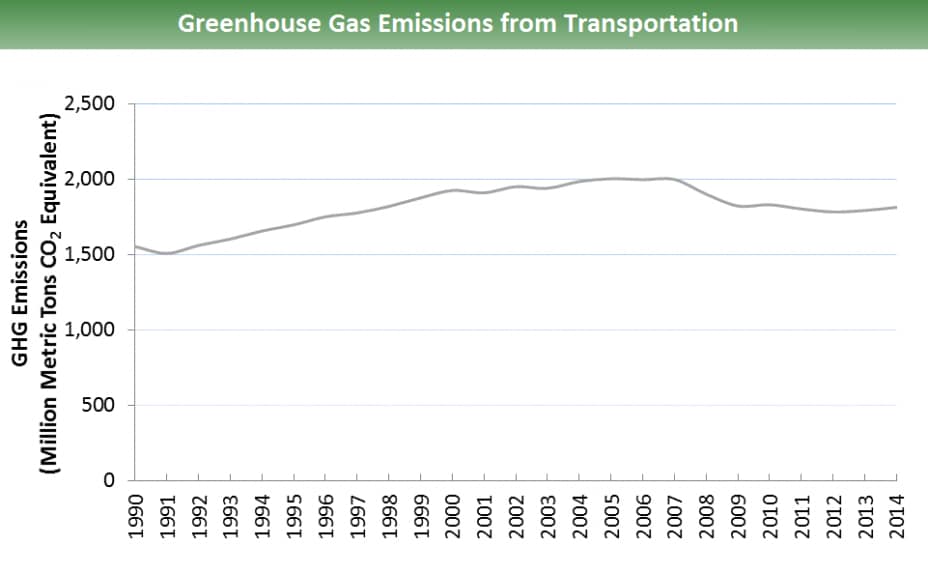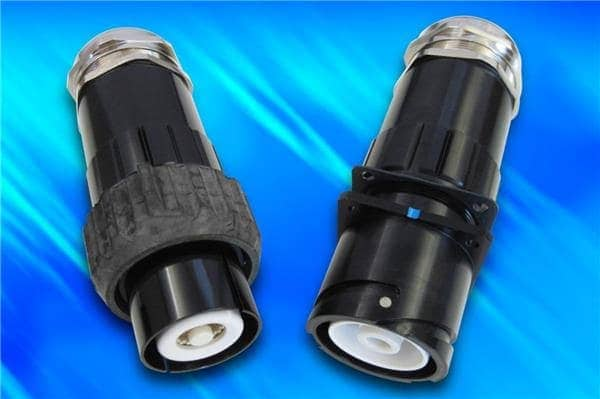Not Your Daddy's Hybrid: Next Generations Rival the Best
Hybrid vehicles provide safe and reliable transportation and have steadily made inroads as more attractive cars for the masses. Hybrids are no longer ultra-small and boxy instead they have become sleek, spacious, feature-packed, and on par with some of the finest automobiles.
Hybrid vehicles have shown that they can provide safe and reliable transportation while consuming less fuel and generating fewer emissions. Better gas mileage has been achieved and demonstrated, but several related and non-related factors slowed their rise to more widespread acceptance. However, this has changed.
Hybrid vehicles have steadily made inroads as more attractive vehicles for the masses. Hybrids are no longer the ultra-small, boxy, and Spartan novelties. They are sleek, spacious, feature-packed, and on par with some of the finest automobiles.
Technologies for hybrid vehicles has had to change and refine and will continue to do so. Expect new technologies to both further efficiencies and enhance driving experiences. Next generations are the in thing. Sexy and clean.
Long and Winding Road
The introduction of the Toyota Prius in 1997 marked a beginning of the transition from fossil fuel based vehicles to the fully electric ones to come. The middle of the road hybrid exhibits approximately a fifty percent reduction in emissions over traditional automobiles and extends mileage with the smart use of electric motors, charging systems, and complete shutoffs during stops.
Concern over greenhouse gases was a major driving factor for the creations and marketing of hybrid vehicles. Beneficially the number of greenhouse gasses emitted from the automotive sector have declined as better fuel standards, and hybrids take a chunk out of the CO2 emitted (See Fig. 1).

Figure 1: The emissions curve in 1997 has peaked and dropped since the introduction of more aggressive fuel standards and hybrid vehicles. (Source: EPA)
Instability of fossil fuels and gouging energy prices also pushed the development of more efficient and alternative technologies. This is true with many areas of technology like alternative energy as well as hybrid vehicles. A ‘cyclic’ nature of oil prices has successfully squelched many oil competitors by lowering oil prices for extended periods.
Hybrids have survived the lower gas price cycles for the last several years. Even though increased sales of big trucks and urban assault vehicles are evident that a new generation is yet unburned by oil, many still remember gas lines and rationing. Maybe that’s one reason the hybrid market has not dwindled. It has thrived.
Nowadays, virtually all car companies offer hybrid versions, and the leaders are further pushing the envelope as to what it means to be a hybrid. This could be a good thing since you can rest assured, oil prices will rise again.
Better Technologies Mean Better Sales
Cars and vehicles are divided into classes and those lines can sometimes blur. Also, the selling price does not always reflect quality and reliability. Some cars sell due to snob appeal instead of well -products. However, new technologies and features are packing into all of them.
The ranges of hybrids span from the small, boxy ultra-high-mileage tree hugger specials, to large trucks and SUV’s that employ hybrid technology. Top-rated smaller cars include the Toyotas, Hondas, Chevys, Nissans, Hyundai’s, and so on. Top rated larger SUV’s are available from Porsche, Tesla, and Lexus. Full luxury versions from Lexus, Tesla, and BMW are also among the top rated in their classes.
The key innovations pushing hybrid and electric-only vehicles forward have to do with battery technology as the number one area of continuous improvement. The best so far is the newly announced 300km (200 miles) range on the Chevy Bolt. Still, this isn’t enough to make electric only feasible for the masses.
From a power perspective, the most powerful vehicles can produce over one hundred kilowatts of power, but that cannot be presently sustained over its operating time. During city and highway driving, most vehicles do just fine at around 7.5kW. Lightly loaded, gas-only engines typically exhibit low engine efficiencies (~ 20%). Hybrids benefit by letting a smaller, highly efficient engine run at its optimum RPM. This means that the horsepower of a hybrid’s engine can be one-tenth (1/10) to one-quarter (1/4) that of a gas-only engine.
Two approaches are seen here. One is where the petroleum engine merely runs at an optimum RPM to recharge batteries and/or provide electricity in real time for driving. This is a serial style hybrid since energy transfers in a serial fashion from gas to electric to kinetic. Most hybrids are serial style.
The second approach is the parallel approach. Here, the gas-fueled engine not only recharges the battery pack in light loading situations but, can also transfer power to the drive train. This can give better performance at the expense of mileage.
The parallel approach allows both the engine and the regenerative braking to recharge the battery during downhill coasting or stopping actions, but the parallel approach also means a more complex and expensive drive train and may limit the placement of the engine itself. Toyota and Honda already have models based on parallel configurations.
Both design approaches are feasible and implemented, but it still comes down to the underlying battery technology. Toyota, the leader to date, sells mostly nickel-metal- hydride battery packs but are transitioning to Lithium-based energy cells. Lithium is the smallest metal allowing the highest energy density. But this carries problems that are not trivial. We have all heard of devices exploding, catching fire, and even causing death because of lithium-ion batteries. However, lithium technology is progressing, with 160000km (100000 miles) guarantees now offered on new Toyotas.
New technologies in the lab may be able to push capacity to 800km (500 miles) per charged battery pack and, if standardization can take place, an alternative to charging station infrastructures may well be battery pack swaps. Filling stations become swap shops that recharge and replace, similar to LP canisters. This all but eliminates the charge time if enough charged battery packs are on hand.
Eventually, future battery technology will lead to electric-only vehicles that can charge virtually instantly and store very high energy densities safely. Electric-only vehicles are about one-the as polluting as a well-tuned internal combustion engine. Hybrids come in at one-eighth as polluting, so hybrid technology makes an ideal step in the transition to electric only.
Until the technology is solid, however, and the infrastructure is in place, hybrids will persist for a long time. The need for time-consuming recharging or swapping after a hundred miles or so will permit hybrids to keep a foothold that will not let go for quite some time.
Room to Improve
Coupling between the electric motors and drivetrains can yield more efficient drive and recharge characteristics. This is one area of needed improvement.
Most electric motors are designed to be efficient at generating torque and horsepower and, as a result, are not as symmetrical as they could be as if they were designed to be generators as well. The regenerative braking energy needs to mate well with the battery charging technology and while battery technology is changing, regenerative braking is getting better.
Manufacturers are now designing modern electric motors for use with hybrid vehicles. Expect performances up to 2500 Newton-Meter torque ratings and 8000 RPM rotational speeds. Established motor companies have these capabilities, as well as the ability to design custom motor/generators. Keep in mind that costs must be kept low.
Power electronics are key. Whether acting as traction motors or generator brakes, ultra- low resistance connectivity, cabling, and electrical control systems for loads like 1200A of currents are not trivial, especially when the working voltages can range from 24 to 750V DC or more.
Specialty cabling may be needed for the specific of an individual vehicle, especially when it comes to loads at 1200A. Most vehicles can live adequately with connection schemes like the Amphenol V06G-E-M63C-8-N which can handle up to 800A (Figure 2). Because of the high-rated voltage (2.5kV), the silver, ultra-low resistance contacts can transfer higher power levels at lower current ratings. This makes it possible to pass 1200A or more once the voltage has dropped at the load.

Figure 1: Although these connectors can only handle 800A, the fact that they are rated for 2.5kV means that very high power levels can be delivered using power conditioning at the load. (Source: Amphenol)
Fortunately, most hybrid and electrical cabling will be much less than 1200A. For example, cable harness supplies such as the TE Connectivity 1648162-1 provide four 75A, 8-gauge power taps along with multiple 12- and 20-gauge connections (Figure 3).
Keep in mind that separating drive power from signal power will mean isolation. Opto-isolators are also taking aim at the needs of next-generation hybrid and electrical vehicles such as the B&B Smartworx 232SPOP4 4-channel, port-powered opto-isolator power block. Many new Automotive grade opto-Isolators in monolithic form, as well as modules, are taking aim at the needs of hybrid power control, sensor access, embedded communications, display systems, video systems, audio systems, and more.
Getting Rid of Humans Behind the Wheel
Not exclusive to hybrids or electric vehicles, many exciting new features and systems are about to make their ways into our cars and hearts. You thought heated seats were nice wait until there are autonomously guided vehicles. Self-driving is going to change everything.
Ford is experimenting with high-power lasers to mark lanes in snow-filled roadways to assure reliable operation in self-driving vehicles. Toyota is building satellite cars that communicate and navigate directly through satellite links. Terrestrial links can also be used.
Lexus is refining stop-and-go driving to optimize ride and mileage for auto drive and economy manual driving modes. The Volvo S90 doesn’t need to be following a vehicle to be placed in auto-drive mode. Audi’s A4 uses faster cameras (60fps video) to detect and display cleaner video for occupant and auto drive.
All vehicles will also be using enhanced audio and video systems, WiFi, Bluetooth, AI chatterboxes, charging stations, and a host of other creature comforts that the consumers will be demanding. Hyundai is even using augmented reality systems to guide occupants through changing the oil or a fuse. Many exciting design challenges await us.
Like many new technologies, these new features are novelties before they become cheap enough to mass produce at which point become expected or mandated. The ultimate goal is to take humans out of the equation.
At some point, we may not need traffic officers, especially if we don’t have drivers. It’s nothing new. Just people being replaced by machines.